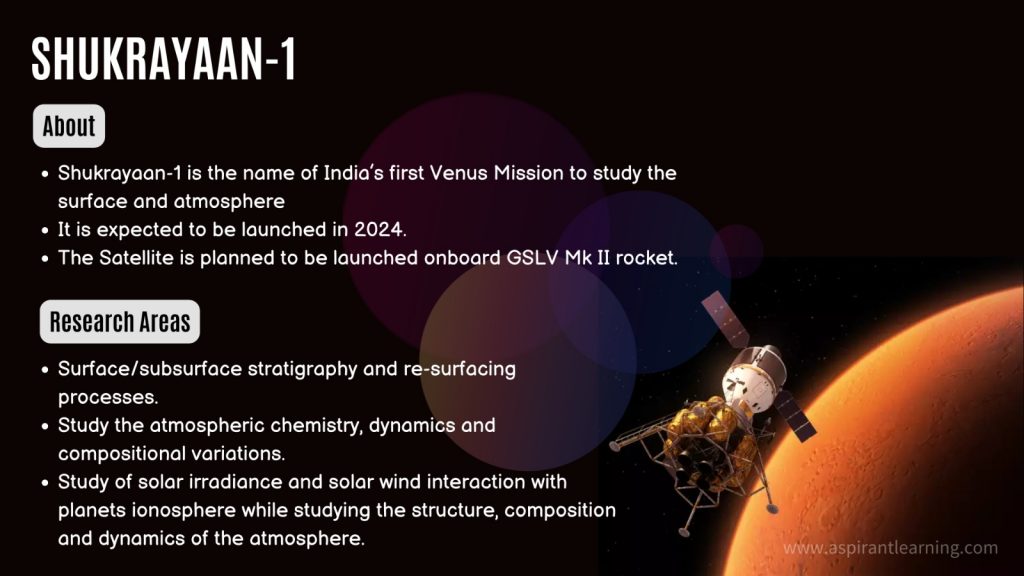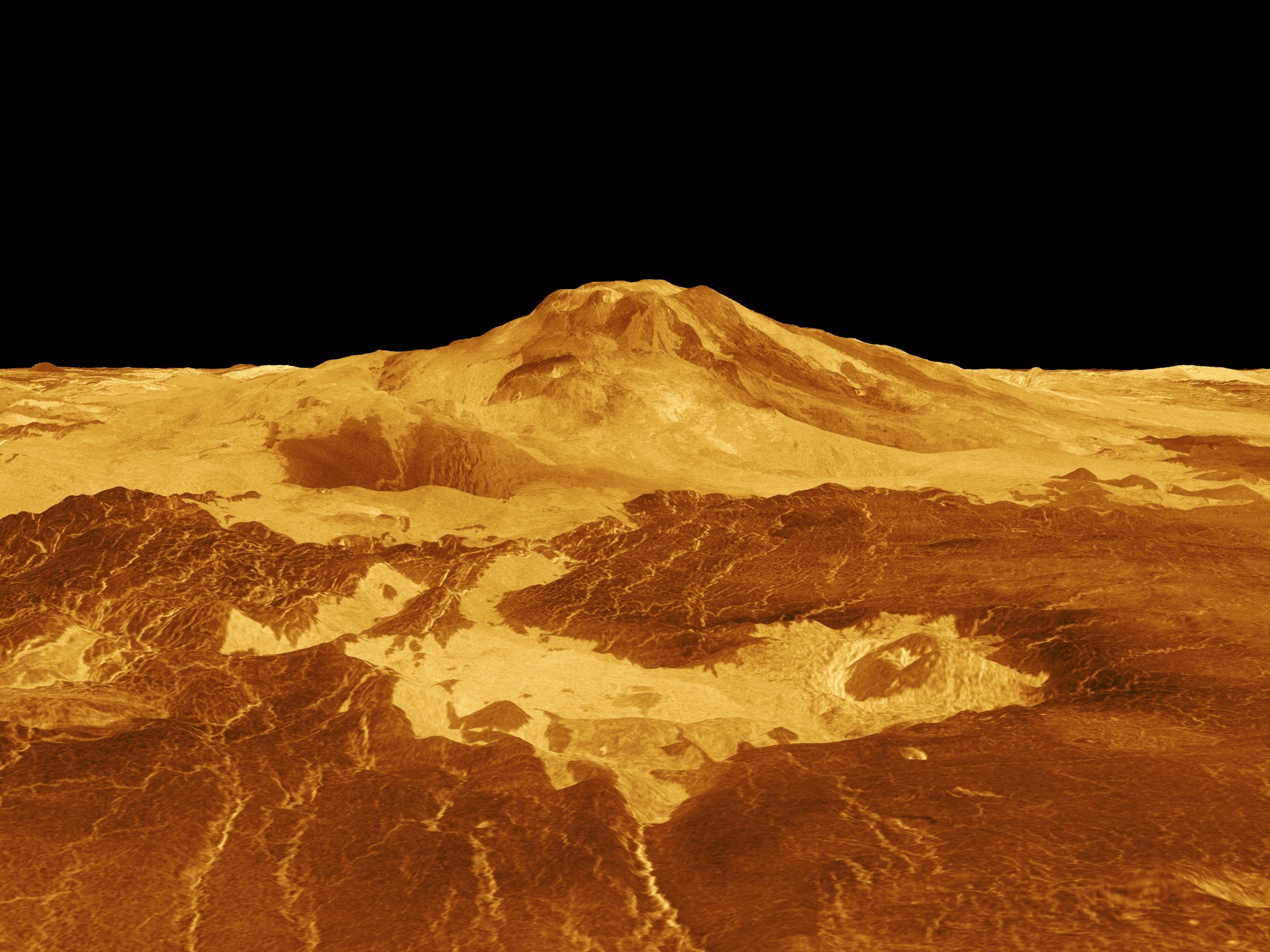News Highlight
Venus’ volcanoes may be active and show decades-old radar images.
Key Takeaway
- Because of their size, mass, density, and volume, Venus and Earth are frequently referred to as sister planets.
- A new investigation of decades-old radar pictures has revealed new evidence that they share another feature: active volcanoes.
- A 2.2 square kilometre volcanic vent on Venus changed shape in eight months, indicating volcanic activity.
- A volcanic vent is a location where molten rock erupts.
- In comparison, the vent nearly doubled to a 4 sq km blob.
- Although traces of drained lava were revealed, radar pictures suggested that the same vent had doubled in size.
- As well as, the lava lake appeared to have approached the rim.
- Maat Mons is related to the vent.
- Maat Mons is the second-highest volcano on the globe.
- It is located in the Atla Regio, a huge highland region near the equator of Venus.
- These modifications were most likely caused by lava flow escaping the vent, indicating the possibility of volcanic activity.
Venus
- About
- It is the solar system’s second-closest planet to the sun and the sixth-largest planet.
- It is the solar system’s second-closest planet to the sun and the sixth-largest planet.
- It is also referred to as Earth’s twin.
- It is the hottest planet in the solar system, with severe temperatures (450 degrees C) and corrosive clouds making life unlikely.
- It, like Uranus, spins backwards in relation to other planets; thus, its sun rises in the west and sets in the east.
- It, like Mercury, has no moons or rings.
Magellan Mission
- About
- One of NASA’s most successful deep space missions was the Magellan mission to Venus.
- When it was launched on May 4, 1989, it was the first spacecraft to scan the whole surface of Venus and made significant discoveries about the planet.
- Communication with Magellan was lost on October 13, 1994, when it was ordered to drop into Venus’s atmosphere.
Venus Mission 2024
- About
- The Indian Space Research Organization (ISRO) has declared that the Venus mission will be launched in December 2024.
- The mission aims to research Venus’ atmosphere, which is toxic and corrosive due to clouds of sulfuric acid that envelop the planet.
- The National Aeronautics and Space Administration (NASA) has already announced two new robotic missions to Venus (DaVinci Plus and Veritas).
- Objectives
- Surface process and shallow subsurface stratigraphic investigation.
- There has never been any earlier observation of Venus’s subsurface.
- Stratigraphy is a field of geology that studies rock layers and layering.
- The study of the atmosphere’s structure, composition, and motion.
- Solar wind interaction with the Venusian ionosphere is being studied.
- Significance
- It will aid in understanding how Earth-like planets evolve and the circumstances of Earth-sized exoplanets.
- It will aid in climate modelling and be a cautionary story about how quickly a planet’s climate may shift.
- Challenges
- Venus has different obstacles from Mars due to its thick atmosphere and surface activity, making it a complex planet.
- The devices must travel far into the atmosphere to gain a better understanding.
- A high-resolution Synthetic Aperture Radar (SAR) is one of the sensors the space agency intends to utilise on the spaceship.
- It would analyse Venus’ surface despite its cloud cover, reducing visibility.
- It refers to a method of creating high-resolution photographs.
- Because of its precision, the radar can pierce clouds and darkness, allowing it to collect data day and night in all weather conditions.
Upcoming Expeditions to Venus
- The ISRO is also developing Shukrayaan-1, which will examine Venus.
- From an elliptical orbit, the orbiter will most likely examine the planet’s geological and volcanic activity, emissions on the ground, wind speed, cloud cover, and other planetary features.
- The new study will aid in identifying target areas for future missions, such as Europe’s Envision, which is set to launch in 2032.
- Two missions to Venus, NASA’s VERITAS and DAVINCI, are planned to observe the planet in the 2030s.

Pic Courtesy: space.com
Content Source: Down to Earth



